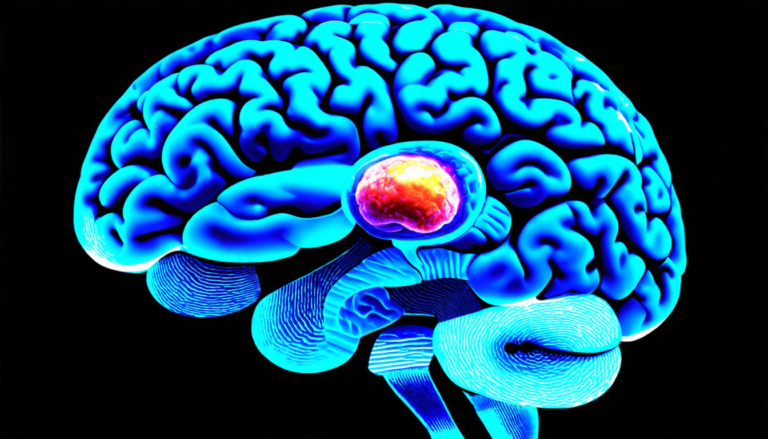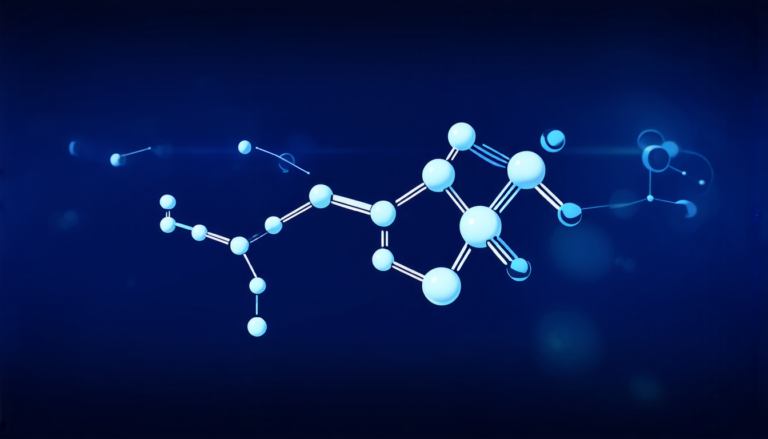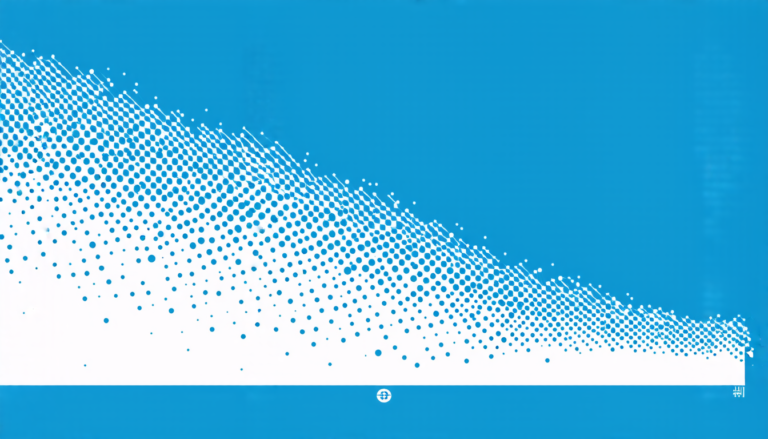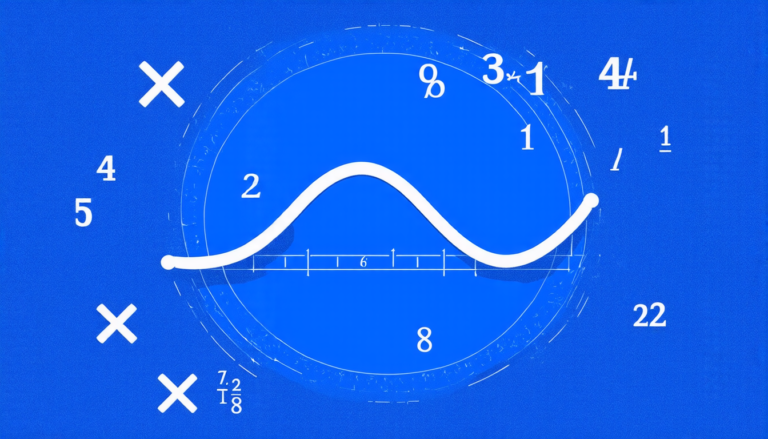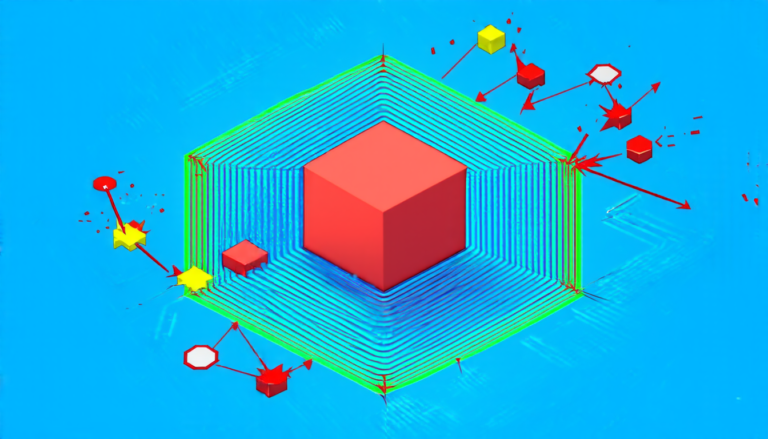Thursday 10 April 2025
Scientists have made a significant breakthrough in understanding how to smooth out irregular shapes, a discovery that has far-reaching implications for fields such as medicine and computer graphics.
The research focuses on a type of shape called a quasisphere, which is a three-dimensional surface that is roughly spherical but with some bumps and wrinkles. Quasispheres are common in nature, appearing in everything from the texture of leaves to the shape of tumors. However, they can be difficult to study because their irregularities make it hard to define a precise shape.
The scientists used a technique called approximation, which involves breaking down the quasisphere into smaller pieces and then smoothing out each piece until it resembles a sphere. The key innovation was to develop a way to do this approximation in such a way that the resulting smooth surface is still very close to the original quasisphere.
This breakthrough has important implications for fields such as medicine, where researchers study the shapes of tumors and other irregular growths. By developing more accurate models of these shapes, scientists can better understand how they form and grow, and potentially develop new treatments.
Computer graphics also stands to benefit from this research. Smooth surfaces are essential for creating realistic computer-generated images, and the ability to create highly detailed models of quasispheres could open up new possibilities for visual effects in movies and video games.
The researchers used a combination of mathematical techniques and computational power to develop their approximation method. They first developed a way to define a precise shape for each small piece of the quasisphere, using a technique called Riemannian geometry. Then, they used computer algorithms to smooth out each piece until it was close to spherical.
The resulting smooth surfaces were remarkably accurate, with errors of just a few percent compared to the original quasispheres. This level of accuracy is crucial for many applications, as small inaccuracies can have significant effects on the results.
The scientists are now working to apply their method to more complex shapes, such as those found in nature. They hope that their research will lead to new insights into the behavior of irregular shapes and potentially open up new avenues for scientific discovery.
This breakthrough has the potential to revolutionize our understanding of shape and form, and could have far-reaching implications for fields ranging from medicine to computer graphics. By developing more accurate models of quasispheres, scientists can gain a deeper understanding of the natural world and potentially create new technologies that transform our lives.
Cite this article: “Unlocking the Secrets of Smooth Metric Spaces: A New Approach to Quasisymmetry”, The Science Archive, 2025.
Quasispheres, Shape, Form, Medicine, Computer Graphics, Approximation, Riemannian Geometry, Computational Power, Mathematical Techniques, Irregular Shapes
Reference: Spencer Cattalani, “Smooth Approximations of Quasispheres” (2025).


